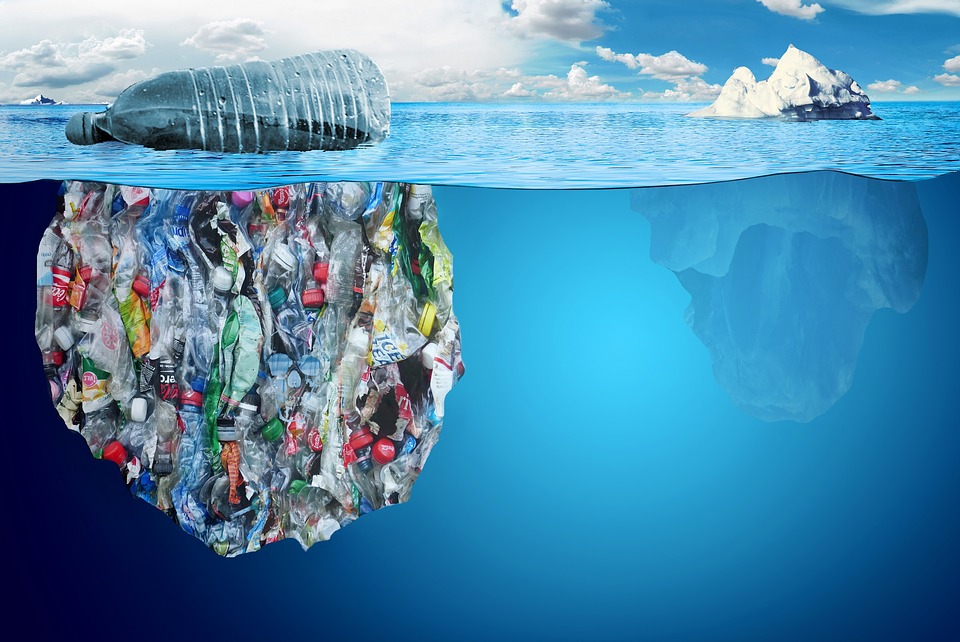Dead Sea secrets revealed: Scientists explain why salt crystals pile up in the Dead Sea
03/06/2020 / By Michael Alexander

For a couple of decades now, scientists and researchers have noticed a peculiar phenomenon occurring in the depths of the Dead Sea: salt snow.
Scientists first noticed it in 1979 – they observed salt crystals forming on the surface of the famed lake, before “snowing” down and piling up on the lake bed. The deposits are constantly growing thicker at a rate of about 10 centimeters, or roughly four inches every year. This process, scientists say, doesn’t make sense as it does not seem to follow the laws of physics, at least in a superficial sense.
But now, a recent study in the American Geophysical Union’s Water Resources Research journal proposes that tiny disturbances in the lake, caused by waves or other motions, create “salt fingers” that slowly funnel salt down to the lake bed – a movement known as flux.
“Initially you form these tiny fingers that are too small to observe… but quickly they interact with each other as they move down, and form larger and larger structures,” said Raphael Ouillon, a mechanical engineer at the University of California, Santa Barbara and lead author of the study.
Study co-author Eckart Meiburg – also a mechanical engineer at UC Santa Barbara – added that while the initial “fingers” may be only a few centimeters thick, they are scattered throughout the entire surface of the lake.
“Together these small fingers generate a tremendous amount of salt flux,” Meiburg said.
Nadav Lensky, a geologist with the Geological Survey of Israel and co-author of the study, added that since the Dead Sea is the only body of water on Earth where this process is happening, it represents a unique laboratory for researchers to study the natural mechanisms that caused these thick salt deposits to form.
“Altogether this makes the Dead Sea a unique system. Basically, we have here a new finding that we think is very relevant to the understanding of the arrangement of these basins that were so common in Earth’s history,” Lensky said.
How does the Dead Sea’s salt flux work?
The phenomenon has a lot to do with the lake’s salt concentration or salinity.
As detailed in the American Geophysical Union journal, the heat from the sun warms the surface of the Dead Sea, dividing it into two distinct layers: a warm top layer and a much cooler, lower layer. According to the researchers, as water evaporates from the top layer in the heat, it becomes saltier than the cooler layer below it.
The researchers explained that the flux happens when the top layer of the lake is disturbed by waves or other types of movement. This disturbance causes the warm water to enter the cooler layer below, which leads to a shift in its temperature. This rapid cooling, the researchers said, forces the salt to precipitate and form crystals, which would then sink to the bottom.
Understanding the Dead Sea
Located in the Jordan Rift Valley, the Dead Sea – known in Hebrew as Yam ha-Melah – is a salt lake bordered by Jordan to the east and Israel to the west. (Related: Mediterranean waters filled with microplastics from foam and fishing gear.)
The Dead Sea is classified as an endorheic lake, which means that while it has a source or a tributary that feeds water into it – in this case the Jordan River – it is landlocked and does not flow out into the sea.
Aside from its brilliant cobalt blue waters, the Dead Sea is also known for its rich silt and mud deposits, to which people ascribe health-supporting properties, such as improvement of psoriasis and similar skin conditions, reduction of skin impurities, relief from arthritis, soothing chronic back pain and helping in the treatment of acne.
For more discoveries related to the Dead Sea and other marine environments, visit Environ.news.
Sources include:
Tagged Under: breakthrough, dead sea, discoveries, Ecology, environment, lakes, research, salt flux, salt snow
RECENT NEWS & ARTICLES
OceanHealthNews.com is a fact-based public education website published by Ocean Health News Features, LLC.
All content copyright © 2018 by Ocean Health News Features, LLC.
Contact Us with Tips or Corrections
All trademarks, registered trademarks and servicemarks mentioned on this site are the property of their respective owners.



















